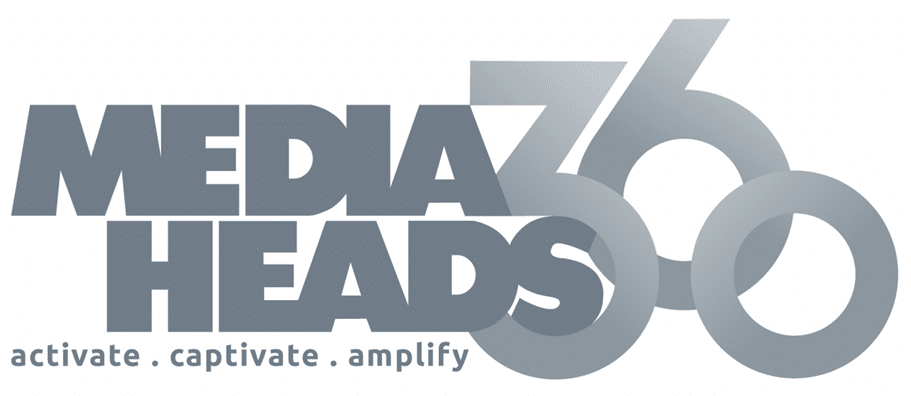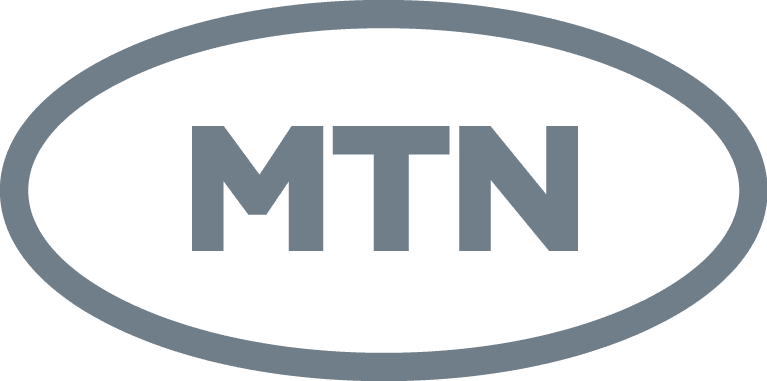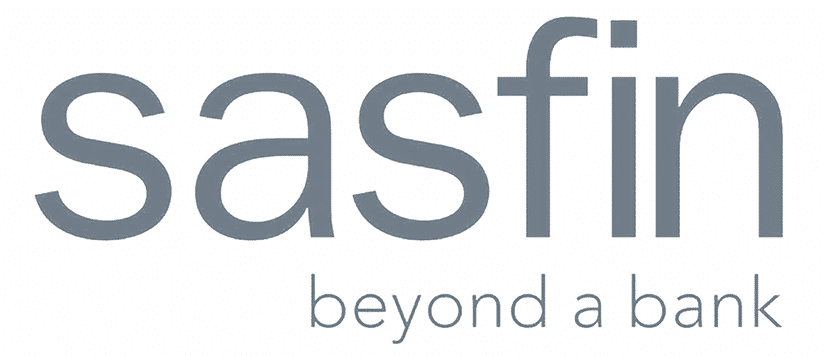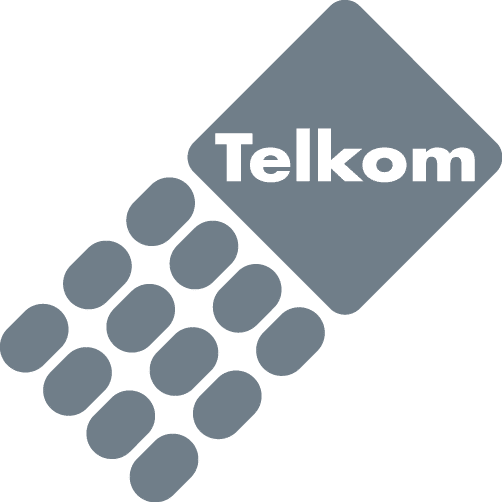The digital public relations (PR) space is changing rapidly, with AI leading the charge. What was once considered a futuristic idea, AI has truly disrupted the way organisations manage their reputation, audience engagement, and impact measurement. From data-backed storytelling to real-time tracking of tweets and public sentiment, AI is transforming the way PR professionals plan, execute, and evaluate campaigns.
PR was very intuitive, experience-based and manual. Professionals would spend hours tracking media, writing pitches, and putting out fires with very little insight into the data. Today, AI completely disrupts the game. By eliminating grunt work, analysing public sentiment, and surfacing advice that makes a difference, AI is freeing PR pros to focus on strategy, creativity, and relationships.
Transforming Media Monitoring and Trend Analysis Through Artificial Intelligence
Media monitoring has long been a staple of public relations, but it used to involve an arduous manual process. Public Relations teams would watch news sites, social networks and blogs for brand mentions and patterns among competitors. This process has been significantly disrupted by machine learning, transforming it from a reactive, opportunistic approach to one that is data-driven.
Media monitoring technology and techniques have evolved to enable AI-based tools that can process and make sense of millions of online conversations, articles, and posts in real-time. They’re not just listening for mentions, they analyse sentiment, pinpoint the most critical influencers, and identify trends before they appear in more mainstream sources. This is a powerful tool that PR professionals can use to get ahead of the story.
An AI system might, for instance, notice a sudden surge of social chatter around a product or issue, analyse the sentiment and instantly alert the communications team. This means brands can act fast, capitalising on opportunities or mitigating risks before they spiral. This predictive power is turning digital PR from a reactive force to a proactive one.
PR, meanwhile, can utilise AI to comprehend context, tone, and sentiment in online conversations, thanks to its natural language processing capabilities. This understanding enables more precise media responses and strategies that are informed by public sentiment, rather than speculation.
Machine learning can also help improve competitive intelligence. By constantly monitoring digital spaces, it uncovers what competitors are saying, what reactions the audience is giving, and identifies market voids. This intelligence enables digital PR pros to make better, quicker decisions using real-time insight instead of guesswork.
Personalising Communication and Audience Engagement with AI
One of the more thrilling effects that AI has for digital PR is its capacity to personalise communication. In an age of content overload, personal messaging has become the currency that guarantees capturing audience focus and cultivating relationships. AI is enabling this by interpreting audience behaviours, interests and engagement trends, allowing brands to put the right message in front of the right person at precisely the right moment.
Public Relations pros can now leverage AI solutions to slice & dice audiences in unimaginably precise manners. Using demographic information, online behaviour and even mood (sentiment) analysis, the systems create very detailed audience personas. That data can guide the AI to recommend certain types of content, tones and channels of communication that resonate most with each segment.
For instance, an AI-powered platform could reveal that one group of the audience resonates more with video content on LinkedIn, while another prefers short-form updates on Twitter. This level of specificity allows public relations professionals to develop campaigns that are most meaningful for their audience.
Real-time engagement has also been redefined with the advent of chatbots and AI virtual assistants. Brands can now communicate around the clock, providing journalists and customers with real-time responses to questions, updates or customer support. Brand interactions are becoming increasingly human-like due to machine learning, delivering consistent and responsive experiences.
Additionally, predictive analytics enable PR teams to anticipate which themes or narratives will resonate with their audience next. They can help define trends instead of merely reacting to them.” AI is helping digital PR stand out from the crowd by combining data precision with human creativity to create more powerful, more meaningful audience relationships.
Enhancing Crisis Management and Brand Reputation with Predictive AI
Crisis communications are among the most critical and challenging PR functions for digital practitioners. In the past, organisations frequently reacted to crises after harm had already occurred. Now, artificial intelligence is changing that, giving brands the ability to predict and detect potential crises, rather than waiting until they spiral out of control.
AI-based sentiment analysis tools constantly analyse social media, news sites and forums for early warning signals. For example, if negative mentions of your product or service suddenly spike, AI can instantly alert PR managers. This early warning helps them respond more quickly to issues, allowing them to address them before they escalate into viral scandals.
AI plays a crucial role in determining the scope and severity of a crisis. It can measure how quickly a message is disseminating, identify the key voices framing the conversation, and predict where sentiment is headed. Armed with such intelligence, sales and PR teams can best determine how to address and to which prospects or stakeholders to devote resources.
AI helps craft communication during a crisis. Natural language generation tools can provide response statements to help maintain brand voice integrity and reduce risk. Powered by human oversight, this accelerates communication while preserving its authenticity.
And AI also supports post-crisis analysis, analysing public sentiment, media coverage and message effectiveness. Using this system, PR teams can learn from each instance and refine their strategies for future use. Through predictive analytics and real-time monitoring, artificial intelligence is making crisis management a proactive, data-driven practice, a complete game-changer for contemporary digital public relations.
Measuring Campaign Effectiveness with Data-Driven AI Insights
Measurement was always a struggle in public relations. But PR can’t be measured and quantified as easily as advertising, because it deals with perception, reputation and influence. However, artificial intelligence is enabling us to change the way digital Public Relations measurement influences and provides better, more actionable insights.
Now, AI tools process massive amounts of information from numerous sources, including social media buzz, news coverage, web traffic, and even audio mentions from podcasts and videos. It’s this kind of transparency that enables PR professionals to quantify not only reach, but also sentiment, audience behaviour and conversion impact. A.I. can determine which stories, keywords and even influencers precipitate the highest levels of engagement, allowing teams to adjust their tactics on the fly.
Advanced AI systems also monitor how public sentiment changes over the course of a campaign. They can pick up tones in copy that you might miss, as well as how your messaging will perform across various channels. This allows sales and PR managers to adjust their tactics on the fly, enabling them to maximise the value of every interaction.
There are also machine learning algorithms to aid in the benchmark process. By integrating campaign data with industry trends and competitor insights, PR professionals can gain a deeper understanding of their standing. AI not only quantifies what happened but also explains why it did, revealing the cause-and-effect relationship between communication activities and outcomes.
AI adds value to PR reporting. Perhaps the most significant impact that AI has on PR is making reporting more meaningful and effective. Rather than relying on fuzzy metrics like “media impressions,” managers can now point to hard metrics to demonstrate the ROI: sentiment improvement, engagement growth, and share of voice. In this manner, AI provides digital PR pros with a way to explain how their approach aligns with the broader marketing ecosystem.
Conclusion
Artificial intelligence isn’t replacing public relations professionals; it’s making them better. The new face of digital public relations will be a collaboration between human inspiration and machine intelligence. By providing structure, speed and accuracy to an industry that has always been built on gut feel and experience, AI is enabling Public Relations teams to work smarter, tell more personalised stories and develop better data-driven strategies.
From real-time monitoring to predictive crisis management, artificial intelligence is changing nearly every corner of the PR industry. It empowers professionals with new insights into their audiences, the ability to respond more quickly to emerging issues, and a way of measuring impact far more accurately than ever before. Automation takes care of the ‘busy work’, affording PR teams more time for what really counts: creativity, storytelling and relationship-building.
GET IN TOUCH WITH THE DIGITAL SCHOOL OF MARKETING
Do you want to become a digital public relations expert with the Digital School of Marketing? If you do, you must do our Digital Public Relations Course. Follow this link to find out more.
Frequently Asked Questions
AI is disrupting digital Public Relations by enabling automation of repetitive tasks, enhancing data analysis and empowering intelligent decision-making. AI can track media attention, read public feelings and forecast upcoming trends. This helps PR practitioners respond more quickly, create more targeted messages and measure the effectiveness of campaigns more precisely. By marrying human creativity with AI-driven insights, PR teams can develop data-driven strategies that are both intelligent and innovative, enabling brands to lead as the world becomes increasingly digital.
AI has numerous advantages in digital public relations, including the automation of mundane tasks. Before we dive into the ways AI is implemented in digital PR, here are a few of its main benefits. It’s great for public relations professionals because it allows them to understand opportunities and risks more quickly, personalise communications better, and target audiences more effectively. AI also enhances reporting by providing quantifiable data on engagement, sentiment, and brand perception.
Media monitoring tools track millions of digital sources in real-time, allowing you to see how audiences are discussing brands, trends, or competitors. They understand tone, sentiment, and reach, enabling Public Relations professionals to catch potential crises or opportunities in their infancy. Artificial intelligence also identifies emerging trends before they become widespread, allowing the teams to adjust their strategies in a forward-looking manner.
Yes, artificial intelligence greatly enhances the management of crises in digital public relations. AI-based tools crawl the internet to scan online platforms and notify Public Relations teams of any suspicious activity or spikes in bad sentiment. These warnings help in quick reaction before the situation gets out of hand. AI can monitor information, challenge its spread, identify influential players driving it, and provide targeted communication strategies.
Artificial intelligence (AI) enhances audience targeting by analysing metrics such as demographics, behaviour, and sentiment to identify patterns and preferences. This enables PR professionals to craft tailored messages that will appeal to groups of people. Through machine learning, models can anticipate which character an audience will connect with and suggest specific platforms for outreach.
.
Deeper integration, more intelligent automation, and predictive insights are the future of artificial intelligence in digital Public Relations. AI will further evolve how we analyse media, engage with audiences and track sentiment, empowering PR professionals to make data-led decisions more quickly. In the future, as natural language processing continues to evolve, AI-generated content will become increasingly indistinguishable from human-authored and authentic content, with minimal human oversight.





















